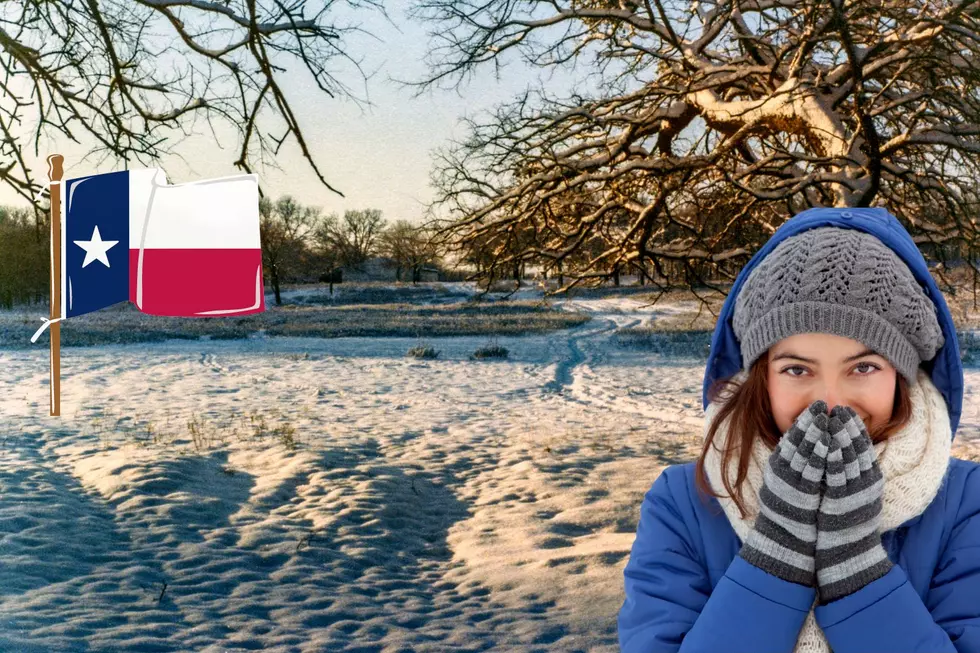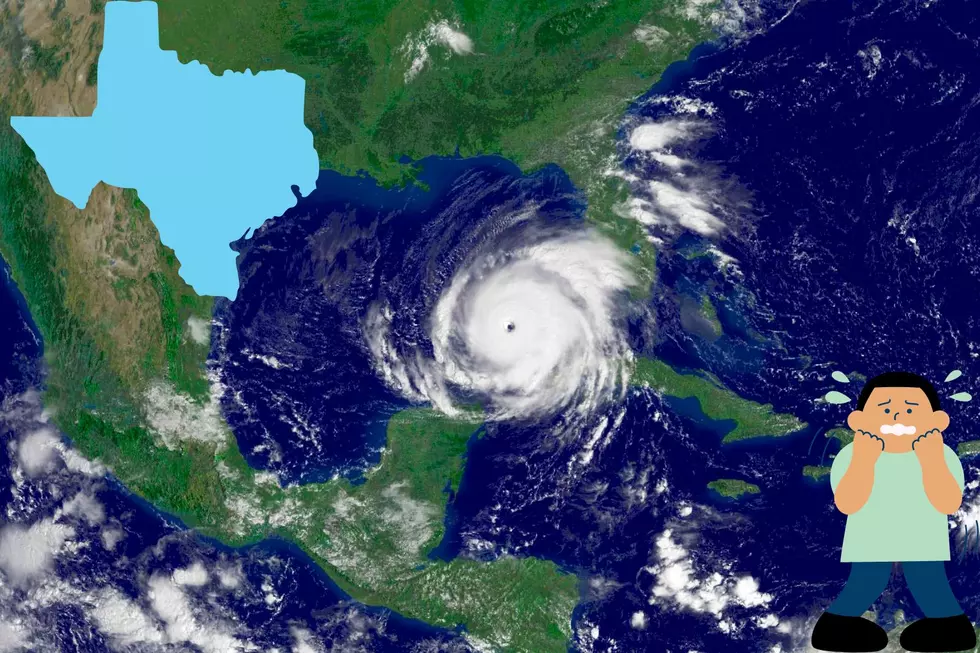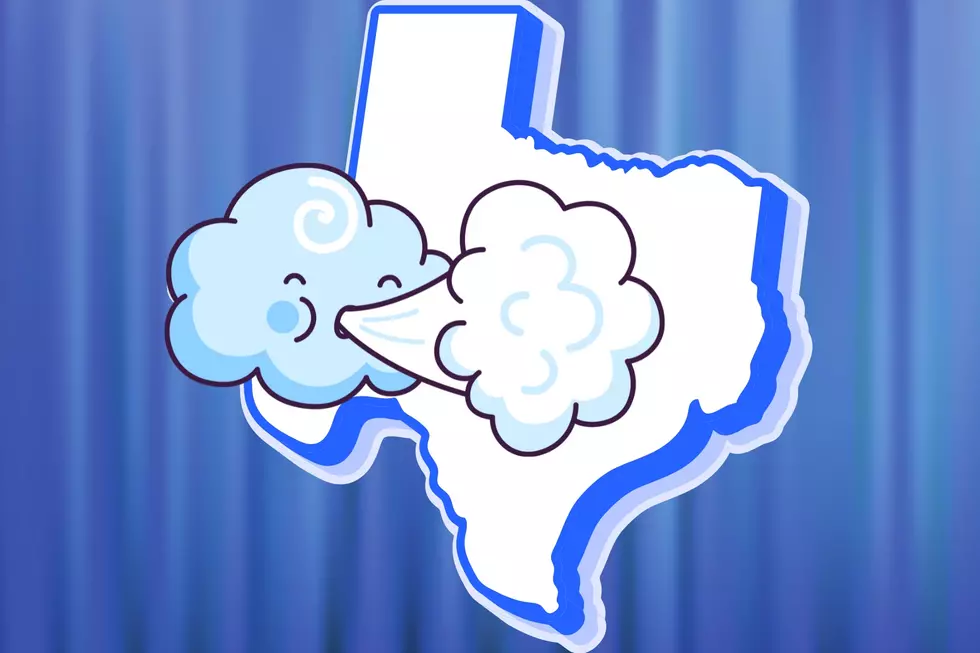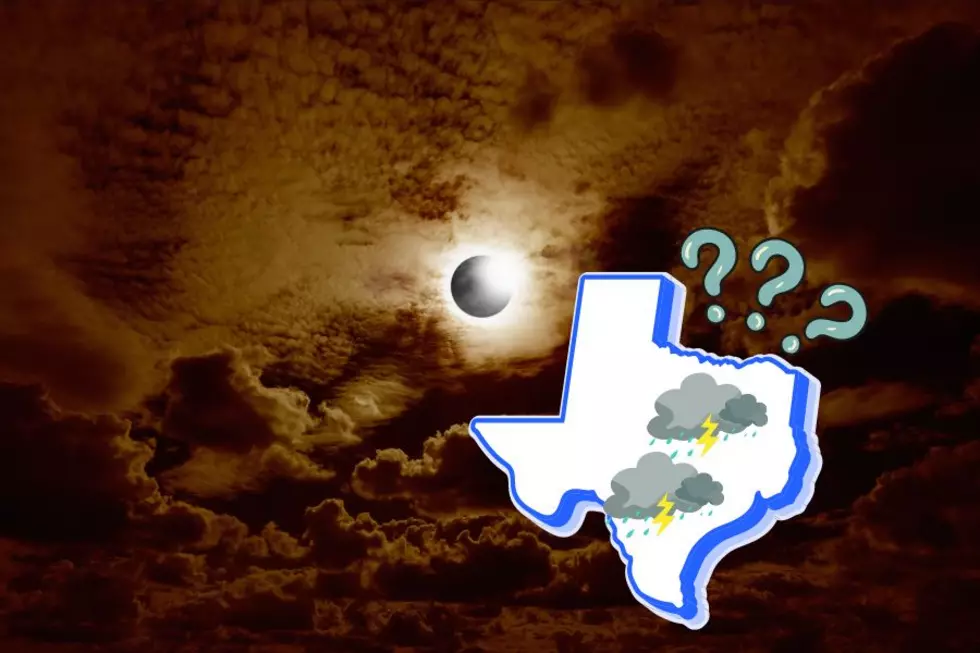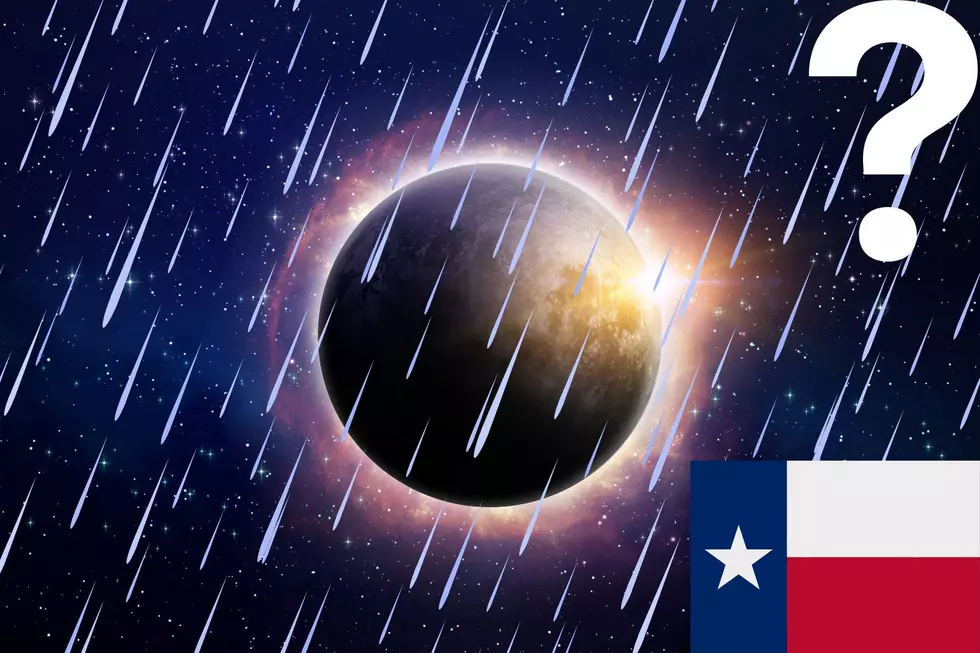
Watch Landspout Carry Oklahoma Glider Pilot in Scary Video
An Oklahoma glider pilot got up close and personal with a weather phenomena this past weekend, a landspout, the cousin of a tornado. Just watching the video freaked me out yet this dude seemed super calm about it. I'm gonna give this video a whole bunch of "no," however.

David Evans is an experienced pilot. He has been flying for about 30 years. Evans decided to take his glider out for a flight this past Sunday. The forecast did not call for thunderstorms so tornadoes would certainly be out of the question. What Evans ended up encountering was a swirl of wind that reached up into the a cloud formation and turned into a small funnel cloud.
Technically, this did become a tornado, albeit a very weak one with winds less than 75 miles per hour, as circulation did reach the ground as seen in this video captured by Judy Curry.
So what exactly is a landspout? We know that a tornado begins spinning horizontally inside a thunderstorm then drops down out of the storm cloud. But a landspout actually forms on the ground that can spin up into a cloud. Think about a dust devil that becomes tall enough to reach a cloud causing the water vapor to spin and make it look like a tornado. A landspout is most likely to form ahead of a thunderstorm.
This video does a great job of explaining this weather phenomena.
https://youtu.be/d1U1jNUHYH8
This just further proves how fascinating and powerful Mother Nature truly is. All we can do is stand in awe of what she can create.
LOOK: The most expensive weather and climate disasters in recent decades
KEEP READING: What to do after a tornado strikes
More From Mix 93.1

